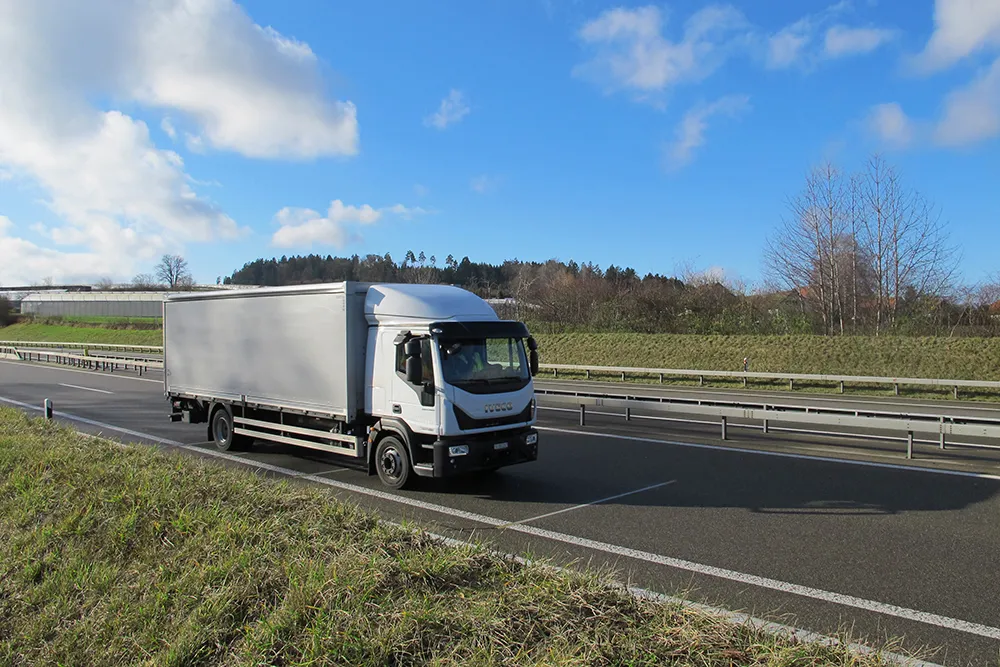
An OIML certificate, from the Organisation Internationale de Metrologie Legale, means the product conforms to the highest standards and practices for legal measurement. It allows for its adoption in the countries which as members or OIML.
METAS, the Federal Institute of Metrology, based in Berne-Wabern, serves as the federal centre of competence for all issues related to measurement and for measuring equipment and measuring procedures in Switzerland.
The KiTraffic Digital WIM system is from Kistler, also based in Switzerland, in Winterthur near Zurich. It reaches the highest accuracy class of vehicle weight measurement, F5m, which opens up new possibilities for direct enforcement of overloaded vehicles.
A seamless prosecution of overloaded vehicles requires the assistance of a solution that facilitates both the weighing of vehicles in motion without impairing the traffic flow.
Kistler notes that METAS has now proven the system’s accuracy class for vehicle weight F5 with the OIML R134 certificate. Each class has a maximum permissible error (MPE) when it comes to the initial verification for gross vehicle weight (GVW) and axle load. The accuracy class F5 indicates an MPE of +/-2.5% of the GVW during initial verification.
Kistler says that its KiTraffic Digital WIM system is the only technology available at this standard. The system was certified for a wide range of axle loads, ranging from 1tonne to 20tonnes. The GVW is unlimited. The certified speed ranges are between 10km/h and 100km/h for heavy trucks, and up to 130km/h for light vehicles and vans.
KiTraffic Digital consists of multiple rows of sensor strips based on unique digitalised Lineas WIM sensors. They are equipped with piezoelectric quartz crystals that are built into the road surface. The system calculates the wheel, axle and total weight of each vehicle. KiTraffic Digital works as a digital platform with open interfaces that allow for the integration of any existing additional components.
To reach the highest accuracy class F5, three or four successive sensor rows need to be integrated into the road surface. For the accuracy class F10, it only takes two rows. It is possible to first install two sensor rows for statistical or preselection purposes and upgrade to direct enforcement with one or two additional sensor rows later.
Though the OIML certificate is not binding for national legislations, it is widely recognised. METAS operates within the framework of the “Mutual recognition of national measurement standards and of calibration and measurement certificates issued by national metrology institutes” - CIPM MRA. The agreement enables the mutual recognition of national standards and corresponding calibration certificates.







